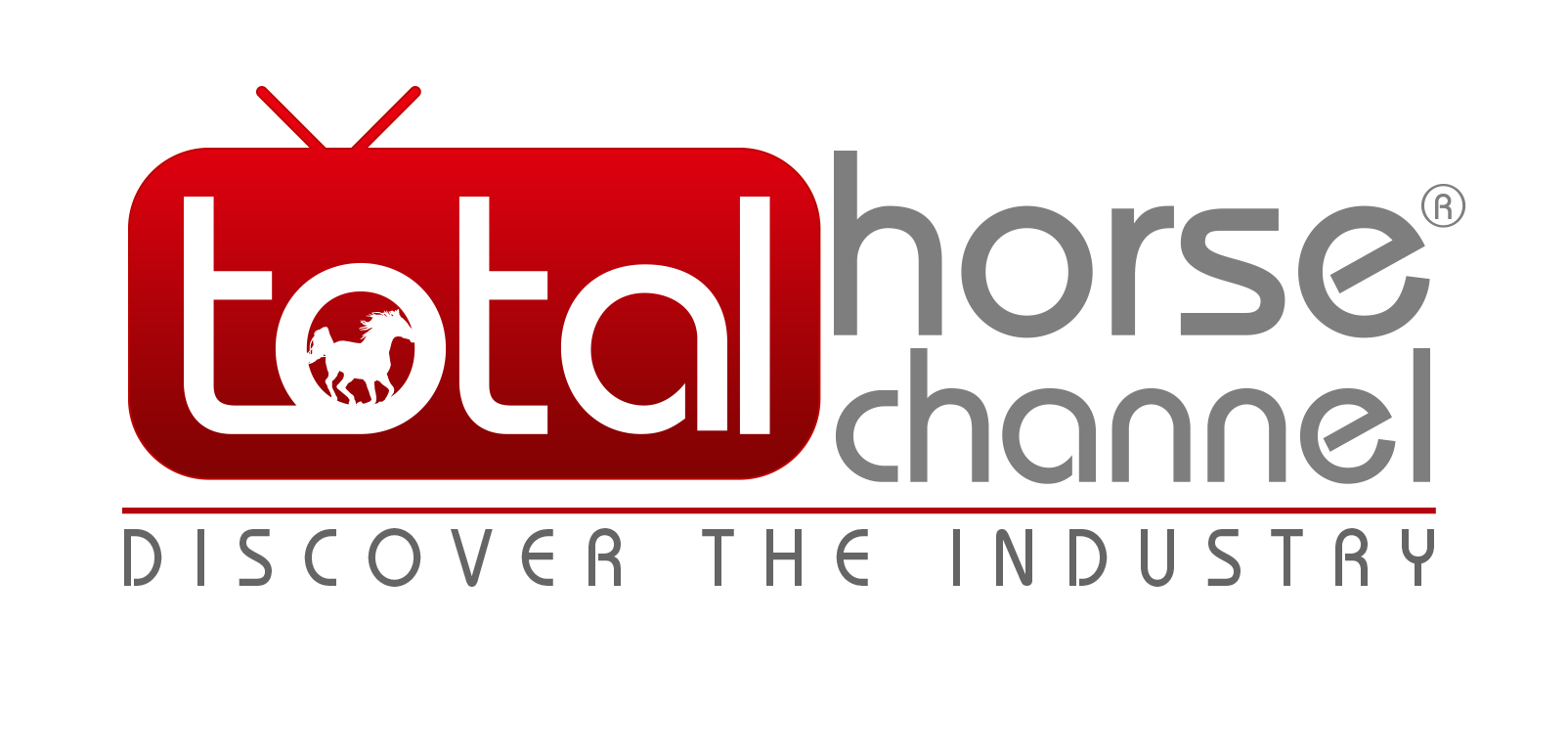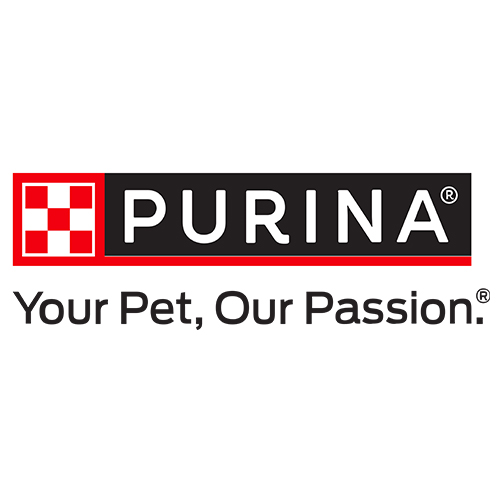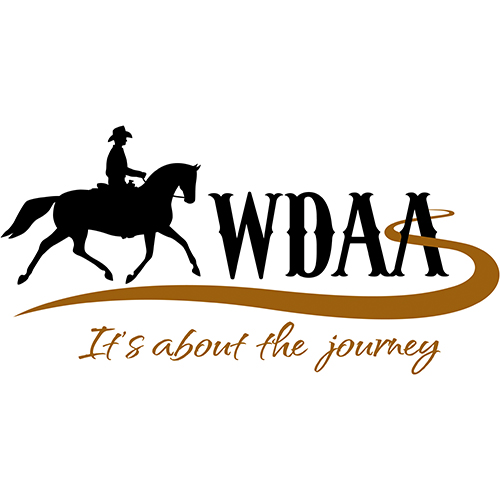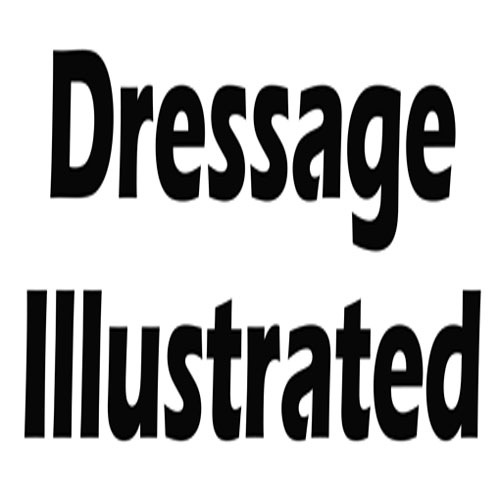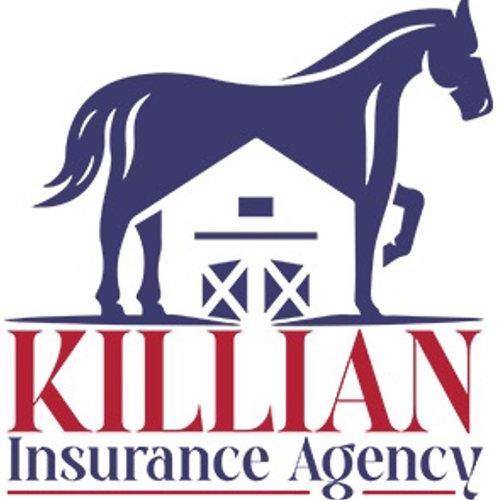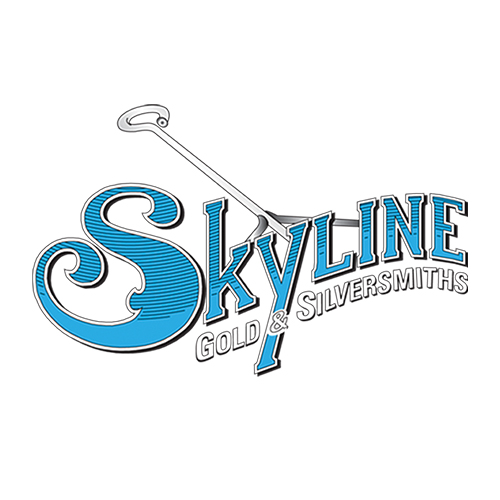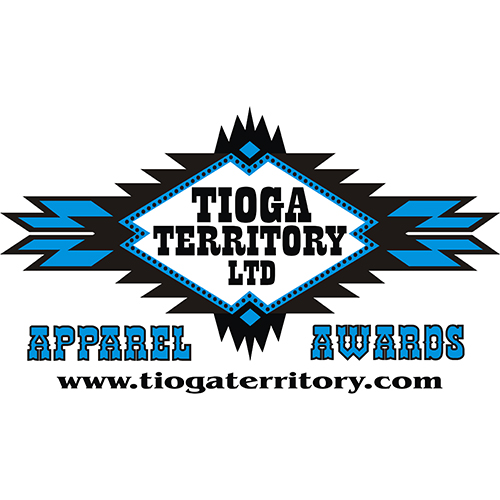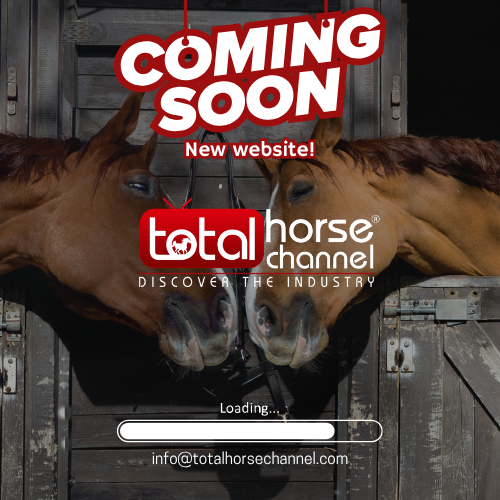To be a part of a Group 1 race, the jockeys, and their horses must be the best-of-the-best. Group 1 race entitles a flat race, but one where both the fame and payout is the highest. It is likely when you hear of a group 1 race, you think of the King’s Stand Stakes hosted at Ascot Racecourse or the Coronation Cup in Epsom (read more about this at britishracecourses.org). Group 1 events occur from May to October, and for horse racing enthusiasts these are the event to witness.
Some horseracing enthusiasts might be wondering what the dietary requirements of a group 1 racehorse would be. These are the most challenging races, after all, and not every racehorse can meet the requirements. This is why horse trainers, breeders, and their jockeys provide a special diet for any horse wanting to be in a group 1 event.
What Is the Requirement and How Much Do They Need to Eat?
Horses are quite hungry animals, as anyone who has experience with them can tell you. If left to their own devices, a horse will happily spend much of its day eating. This is due to their evolution and having to subsist on low-quality grasses in the wild. The grass is not very nutritious on its own, after all. For a racehorse, their diet tends to be both high in protein and high in fiber.
On average, a racehorse will eat between 10-14 kg of feed a day; normally divided into two or three different feeding sessions. The feed needs to address their high-energy lifestyle, as without the proper vitamins, minerals, calories, fibers, and fats the horse’s muscles will wear out and this can lead to illnesses or complications.
Most of a racehorse’s diet these days composes of formulated feed which is made up of beet pulp, dehydrated alfalfa meal, and soy hulls along with an assortment of vitamins and minerals. While not the classic cereal diet we would be familiar with, this feed provides much less starch which can cause ulcers inside of a horse’s stomach.
The other major requirement of fiber is normally addressed with foliage, i.e hay. Early cut hay is normally preferred, being the highest in nutritional value. To assist with the grazing behavior, some horse owners use grazing nets like British-based trickle feeders from the company Trickle Net. As the horse is not forced to eat all the hay at once, they can naturally digest it instead which benefits their health tremendously.
That’s the basics of their diet. High in energy, and high in fiber along with the other proper vitamins and minerals. As mentioned, most owners prefer to provide their racehorses with a special commercial feed along with providing plenty of hay. Actual supplements, either chemical, liquid, etc, aren’t commonly used by many racehorses as a proper diet should address all their nutritional concerns.
Should the Racehorse Eat at a Certain Time?
This has been argued by owners for years. While the agreement for a racehorse is that they need to eat at least two times a day, no one can seem to agree when that feeding time should be. Some traditionalists say the feeding should be done in morning and night, like us humans, but this has been pointed out as problematic. Due to the high energy consumption, a horse will go a period of time with an empty stomach.
An empty stomach means ulcers are much more likely to develop. Not only is this painful for the horse but can lead to other complications. These days, horse owners will normally provide feed just before training, after training, and provide time to foliage either by letting the horse graze on its own, in a trough, or using something like a trickle feeder.
This method allows the racehorse to have enough time to digest its food and recover from training. Allowing time for foliage also give the horse enough time to relax and reduce stress.
Is the Diet of a Racehorse Different from a Regular Horse?
The dietary requirements of a group 1 racehorse are much different from that of a non-racing horse. As described, a racehorse needs a diet that is high in energy and fiber along with essential nutrients, vitamins, and minerals. If a regular horse were to be fed this sort of diet, chances are they would get obese.
The diet racehorse is built around endurance and improving muscle mass. They’re expected to burn off their energy as soon as possible, which is also why a cool-down period is needed least they don’t try the strenuous activity on an empty stomach which as we said can lead to ulcers and other complications due to stomach acid.
So, for those who are curious, the diet of a racehorse is one that needs to be under constant examination. Their diet isn’t filled with anything by supplements or experimental foods. Instead, it’s a diet backed by science and an understanding of how a horse uses its energy. Less starch, and less straight grains like oats, and more beet pulp for example.
For those who have horses, we should add a disclaimer that you should never feed your horse the diet of a racehorse unless you intend to race. No reason for your pony to load up on energy and fiber and never find an outlet, which is why we said this diet could easily cause obesity in a non-racehorse. Of course, for a racehorse, their new diet needs to be introduced gradually as to not cause unneeded stress.
